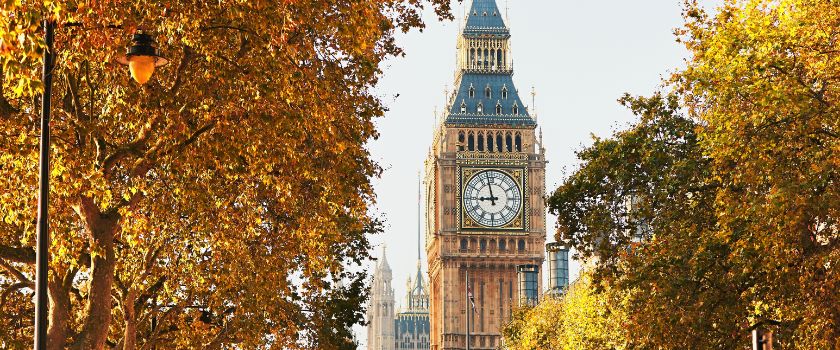- October 30, 2024
- Category: News

First Labour Autumn Budget: Initial reaction
Today was day of firsts for the country, we heard our first female Chancellor stand up before parliament to deliver the first Labour Budget for 14 years. It was also one of the longest Budget speeches in recent history with the Chancellor speaking for 77 minutes.
It had been well trailed before the Chancellor stood up that there would be difficult decisions to be made, and we would be seeing tax increases. There was a clear theme that the current government inherited broken finances and the decisions being taken were to put this right. There was a clear focus that the steps being taken were to encourage growth and focus on long-term economic stability.
There is no longer need for speculation as we now know that the Chancellor will be looking to raise £40bn in taxes, the largest tax increase in a single Budget outside of a recession. So what did we learn?
Top takeaways from the Autumn Budget
- It had already been confirmed that Employers National Insurance Contributions (NICs) would increase. The increase will be 1.2% taking it to 15% from April 2025. Alongside this the tax will now apply on earnings above £5,000 (currently this is £9,100). This is a significant tax increase for all businesses and could significantly impact employment decisions. However, recognising the representation of small businesses, the employment allowance that gives a credit against the NIC liability will increase from £5,000 to £10,000 at the same time.
- There will be an increase in the National Living Wage from April 2025 to £12.21. This increase along with the NIC changes could see significant pressure on many local businesses across the leisure and tourism sectors.
- There had been significant fears over capital gains tax (“CGT”) increases. While rates are increasing it is not as significant as some feared. The main rates of CGT will increase from 10% to 18% and 20% to 24% as of today. While it may have an impact on some transactions, it is a far more modest increase than speculated. It may have little overall impact on the sale of capital assets.
- A welcome confirmation on CGT was that the reduced rate on gains of up to £1million on the sale of business assets will remain in place. Albeit the rate of 10% will increase to 14% in April 2025 and to 18% in April 2026. This could well see a rush to complete some sales between now the 5 April 2025 to keep the lower rate for some.
- There will also be some major reforms to Inheritance Tax which will increase the amount of tax collected. The continual freezing of the lifetime allowance at £325,000 will bring more estates into charge and this limit has been frozen for a further two years to 2030.
- The biggest change though is a tightening up of the two main reliefs for Agricultural Property and Business Property. While currently there is no limit to these reliefs, from April 2026 a £1million limit will be introduced with any excess only attracting 50% relief. This is likely to mean more estates will need lifetime planning or significantly more estates will likely fall into charge. This could see family estates broken up to pay the resulting liabilities.
- Stamp Duty Land Tax, while mainly unchanged, will see from today an increase in the second home surcharge rate from 3% to 5%.
- Finally, it was reconfirmed that the imposition of VAT on school fees and the removal of business rates reliefs for private schools will go ahead from January 2025 and April 2025, respectively.
Next steps following the Autumn Budget
As usual, at Westcotts we will be dissecting the detailed announcements released after the Chancellor sat down to see what it will mean for individual and businesses alike. You can join us on a Budget debrief webinar on 6 November 2024 as we reflect in more detail on the announcements.